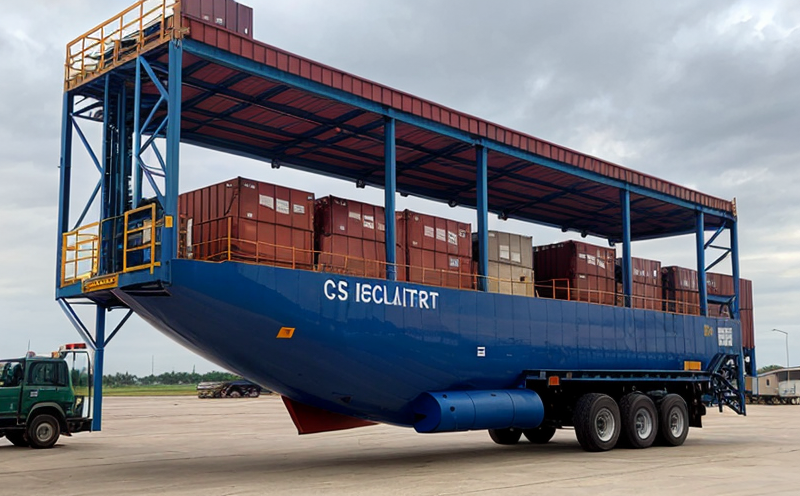Cargo lift inspection
In the transportation and logistics sector, cargo lifts play a critical role in ensuring efficient material handling within buildings or facilities. Cargo lifts are designed to safely transport heavy loads such as pallets of goods, machinery, and other bulky items between floors. The inspection of these lifts is essential for maintaining safety standards and compliance with relevant international regulations.
The International Organization for Standardization (ISO) specifies the performance criteria and requirements for cargo lifts in ISO 21092:2017. This standard ensures that all components of a lift, including its structural integrity, mechanical systems, electrical circuits, and safety devices, are thoroughly evaluated during inspection.
When performing a cargo lift inspection, it is crucial to follow a systematic approach that includes:
- Visual Inspection: Check for any visible damage or wear on the lift’s structure, doors, and components.
- Load Testing: Subject the lift to various load conditions to ensure it can handle the maximum expected weight safely.
- Mechanical Inspection: Inspect all moving parts such as pulleys, gears, and belts for proper function and alignment.
- Electrical Inspection: Verify that electrical systems operate correctly without any signs of overheating or malfunctioning components.
- Safety Device Testing: Ensure safety devices like emergency stop buttons, door interlocks, and overspeed governors are functioning as intended.
The primary objective of a cargo lift inspection is to identify potential hazards before they cause accidents. By adhering to strict standards such as ISO 21092:2017, quality managers can ensure that their facilities meet the highest safety and performance levels required by industry best practices.
Regular inspections are mandatory for compliance with local regulations and insurance requirements. This not only protects against liability claims but also contributes to a safer working environment. For instance, in many countries, there are specific intervals for mandatory inspections based on usage frequency or time since the last inspection. Failure to conduct these checks can lead to penalties or even closure of operations.
Benefits
- Enhanced Safety: Regular inspections ensure that cargo lifts operate safely, reducing the risk of accidents and injuries to personnel.
- Increased Efficiency: Well-maintained lifts can perform their tasks more efficiently, minimizing downtime and maximizing productivity.
- Lower Maintenance Costs: Early detection of issues during inspections helps prevent minor problems from escalating into costly repairs or replacements.
- Compliance with Regulations: Adhering to inspection schedules ensures compliance with local and international safety standards, avoiding potential legal issues.
- Extended Lifespan: Proper maintenance through regular inspections can extend the useful life of cargo lifts, reducing long-term operational costs.
Industry Applications
| Industry | Critical Lift Uses |
|---|---|
| Agriculture | Transporting harvested crops to storage facilities. |
| Distribution Centers | Moving bulky items such as machinery and heavy packaging between floors. |
| Manufacturing | Transferring raw materials and finished products within large production plants. |
| Healthcare | Transporting medical equipment, supplies, and patients in hospitals and clinics. |
Why Choose This Test
- Expertise: Our team of certified inspectors has extensive experience in conducting thorough cargo lift inspections.
- Comprehensive Coverage: We evaluate all critical components and safety features to ensure comprehensive compliance with ISO standards.
- State-of-the-Art Equipment: Utilizing advanced diagnostic tools allows us to identify potential issues early on, ensuring timely repairs or replacements.
- Customer Support: Our dedicated customer support team offers guidance before and after inspections, addressing any concerns promptly.
- Competitive Pricing: We offer competitive rates for cargo lift inspections that align with the quality of service provided.





